W. D. Li, S. K. Ong, A. Y. C. Nee9789812566805, 981-256-680-5
Table of contents :
Contents……Page 12
Preface……Page 8
Abbreviation……Page 16
1.1 Concurrent and Collaborative Engineering……Page 18
1.2 Enabling Technologies……Page 25
1.2.1 Artificial intelligence……Page 26
1.2.2 Internet technologies……Page 36
1.3 Summary……Page 42
2.1 Evolving Representations for Design Models……Page 44
2.2.1 Rule-based approach……Page 51
2.2.2 Graph-based approach……Page 54
2.2.3 Hint-based approach……Page 59
2.2.4 Artificial neural networks-based approach……Page 63
2.3.1 Convex hull approach……Page 68
2.3.2 Volume growing/decomposition approach……Page 70
2.4 Integration of Design-by-Feature and Feature Recognition……Page 74
2.5 Summary……Page 78
3.1 Introduction……Page 84
3.2.1 Pre-process for generating EAAG……Page 87
3.2.2 Establishment of EAAG……Page 89
3.3.1 Identifications of F-Loops and their relationships……Page 90
3.3.2 Identifications of FLGs……Page 94
3.4 Neural Networks Classifier……Page 99
3.5.1 Results for feature recognition……Page 104
3.5.2 Result comparisons……Page 110
3.6 Summary……Page 111
4. Integration of Design-by-Feature and Manufacturing Feature Recognition……Page 114
4.1 Introduction……Page 115
4.2.1 Feature models……Page 116
4.3 Manufacturing Features Recognition Processor……Page 121
4.3.2 Recognition of DF when it is additive……Page 129
4.3.3 Recognition of DF when it is subtractive……Page 140
4.3.4 Recognition of auxiliary and replicate features……Page 142
4.3.5 Re-recognition of modified design model……Page 144
4.4.1 Properties of manufacturing feature tree……Page 147
4.4.2 Generation of multiple interpretations……Page 149
4.4.3 Optimal single interpretation of manufacturing features……Page 153
4.5 Summary……Page 156
5.1 Intelligent Optimisation Strategies for CAPP Systems……Page 160
5.2.1 Process plan representation……Page 170
5.2.2 Machining cost criteria for process plans……Page 172
5.2.3 Precedence constraints……Page 175
5.3.1 Overview of the algorithm……Page 179
5.3.2 Genetic algorithm – phase 1……Page 182
5.3.3 Simulated annealing algorithm – phase 2……Page 183
5.3.4 Constraint handling algorithm……Page 185
5.4.1 Sample parts……Page 188
5.4.2 Computation results……Page 197
5.4.4 Algorithm implementation……Page 209
5.5 Summary……Page 212
6.1 Introduction……Page 214
6.2 Visualisation-based Collaborative Systems……Page 223
6.2.1 3D representations for Web applications……Page 224
6.2.2 System architectures and implementation strategies……Page 230
6.3 Co-design Collaborative Systems……Page 237
6.3.1 System architectures……Page 238
6.3.2 Design coordination and team management……Page 243
6.3.3 Optimised feature and assembly-based representations……Page 250
6.4.1 Multi-representation and conversion schemes for features……Page 252
6.4.2 Integration mechanisms for distributed systems……Page 253
6.5 Summary……Page 260
7.1 Introduction……Page 264
7.2.1 Methodology for process planning Optimisation……Page 269
7.2.2 Algorithm description……Page 271
7.2.3 Determination of parameters……Page 276
7.2.4 Comparison studies of TS, SA and GA……Page 279
7.3.1 System architecture……Page 283
7.3.2 An XML-based representation for design models……Page 287
7.4 A Case Study……Page 288
7.5 Summary……Page 294
8.1 Introduction……Page 298
8.2.1 System framework……Page 300
8.2.2 Distributed feature representations……Page 301
8.2.3 Feature manipulations……Page 303
8.3.1 Communication mechanism for distributed design……Page 314
8.3.2 Mechanism for collaborative design……Page 320
8.3.3 A case study……Page 322
8.4 Summary……Page 326
Bibliography……Page 330
Index……Page 344
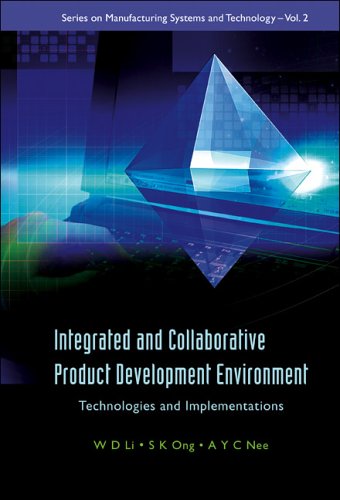
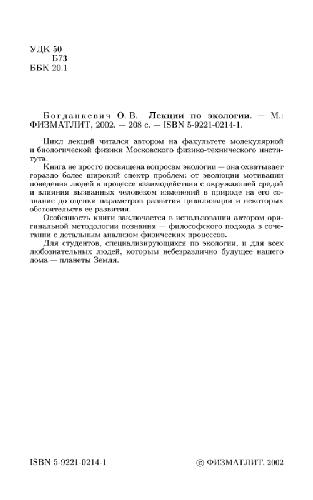

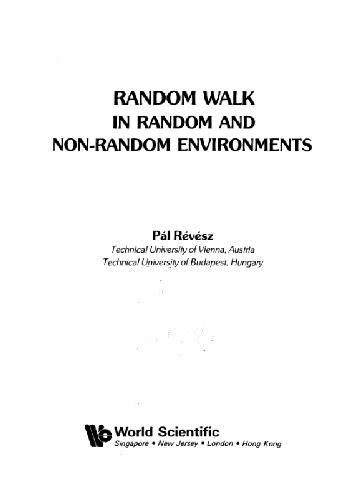
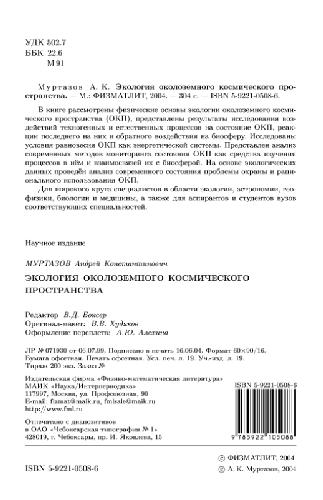

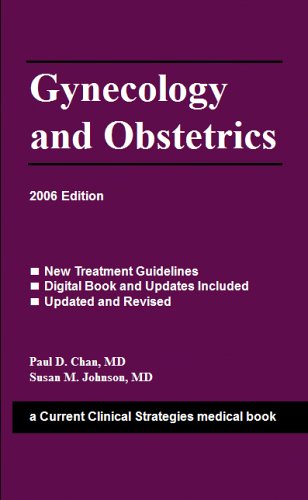
Reviews
There are no reviews yet.